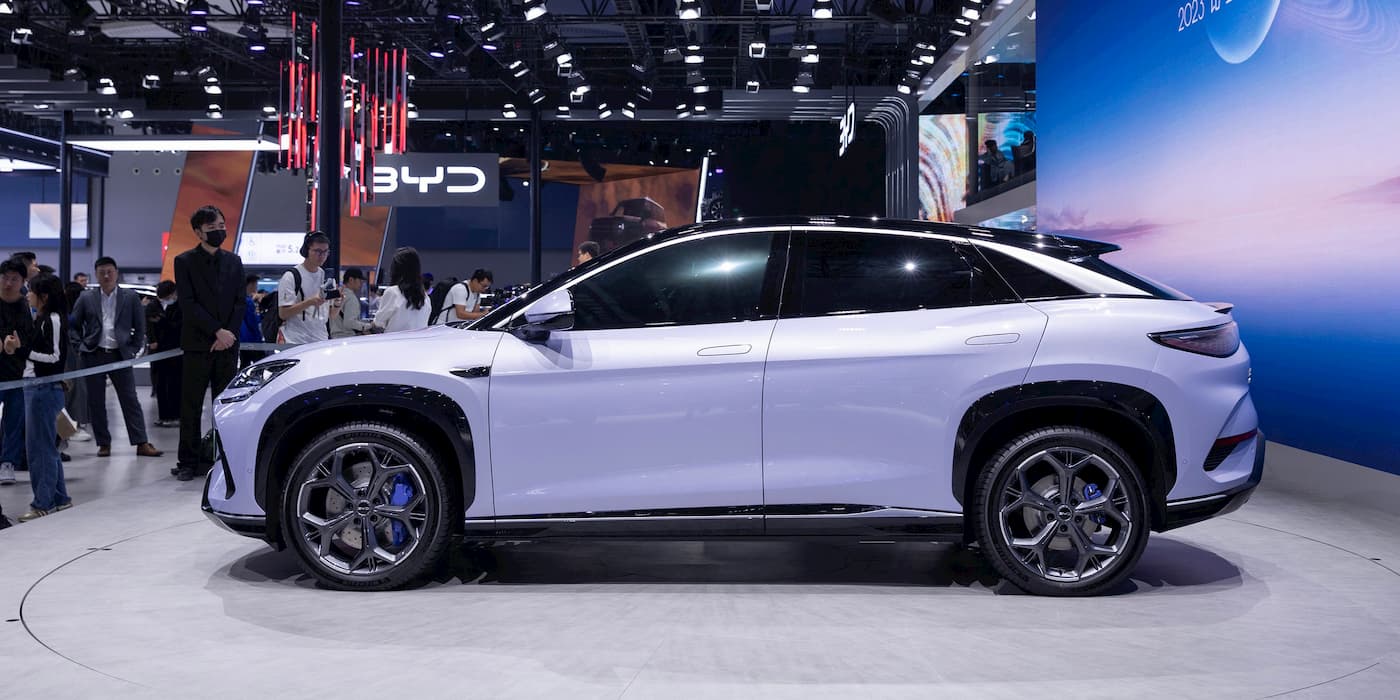
Despite aggressive discounts on its electric cars in China, BYD’s bottom line nearly doubled in the second quarter compared to Q1 2024. BYD credited the Q2 profit surge to rebounding vehicle sales, which reached a new record.
BYD record vehicle sales lead to higher Q2 profits
BYD announced net income reached RMB 9.06 billion, or about $1.27 billion, in the second quarter, up 33% year-over-year.
The EV leader posted revenue of RMB 176 billion ($24.7 billion) in Q2, up 41% from the first quarter and nearly topping its record RMB 180 billion ($25.3 billion) in Q4 2023.
Despite slashing prices and launching more affordable EVs, BYD’s bottom line nearly doubled from the first three months of 2023 (+98%). It was also the highest net income total behind the RMB 10.41 billion ($1.46 billion) generated in Q3 2023.
BYD’s Q2 profit surge was largely thanks to the record 986,720 new energy vehicles (NEVs), including EVs and hybrids sold, up 57% from the 626,263 sold in Q1.
Despite the profit growth, BYD’s gross margins slipped 3% from Q1 (21.88%) to 18.69% amid China’s intensifying EV price war.
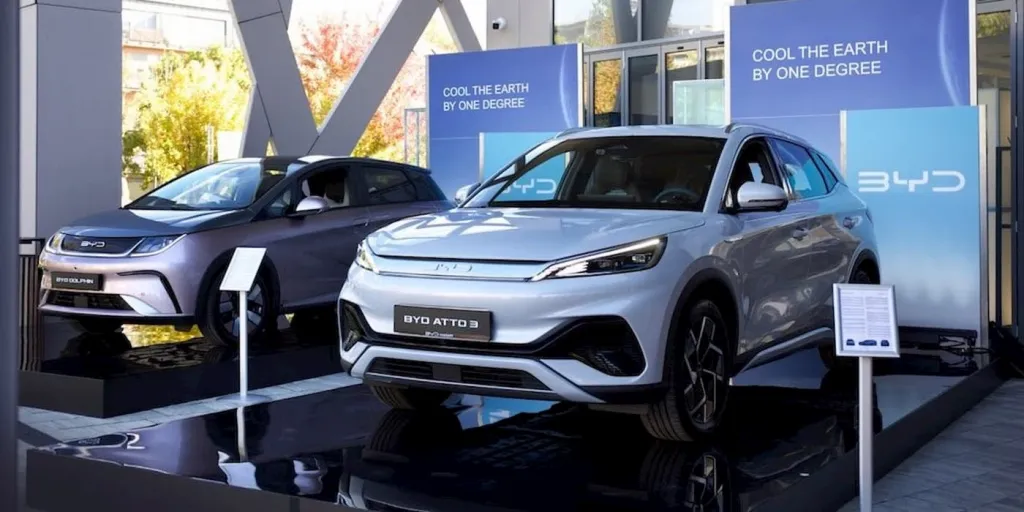
Meanwhile, gross margins for the first half of 2024 reached 20%, up from about 18% last year. BYD reported first half 2024 revenue of RMB 301.1 billion ($42.2 billion), up 15% YOY.
BYD’s first-half net income also rose 24% to RMB 13.36 billion ($1.9 billion), driven by higher vehicle sales.
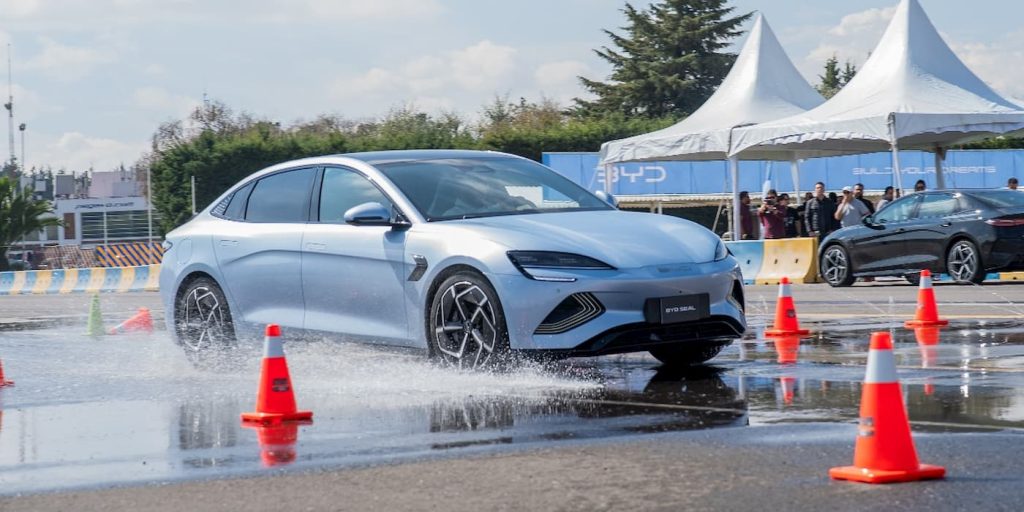
Low-cost EVs, overseas expansion fueling growth
BYD’s auto (and related) sales accounted for 76% of revenue, generating RMB 228.3 billion ($32 billion). Cell Phones and other businesses generated RMB 72.78 billion ($10.2 billion).
Although most of BYD’s sales are still in China, the company is quickly expanding overseas. To speed up the progress, BYD is opening several overseas plants for localized development.
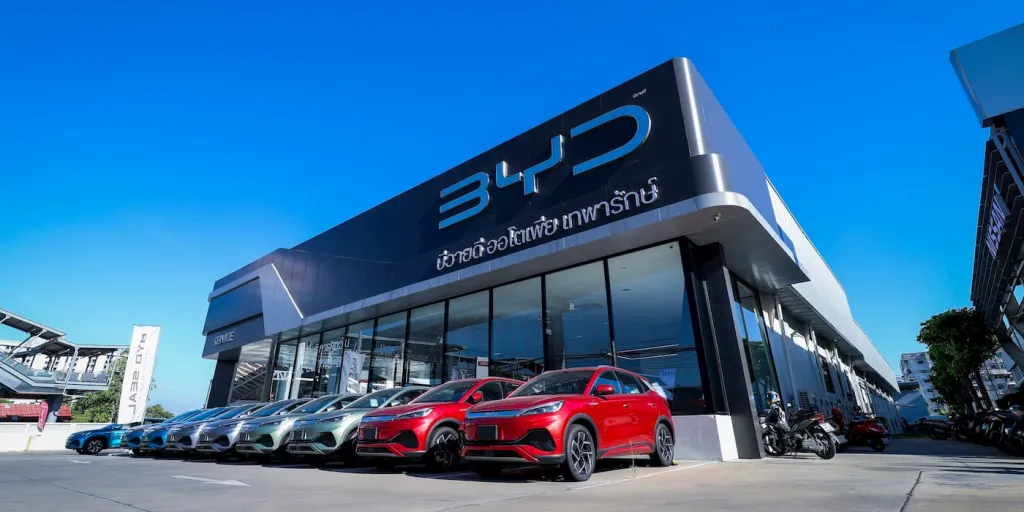
BYD opened its first plant in Thailand, a key auto hub and growing EV market, last month. It’s also planning to open facilities in Mexico, Hungary, Brazil, Turkey, and Pakistan.
Despite Canada’s decision to impose a 100% tariff on Chinese EV imports, BYD has been eyeing selling vehicles there. It has already met with government officials and dealers.
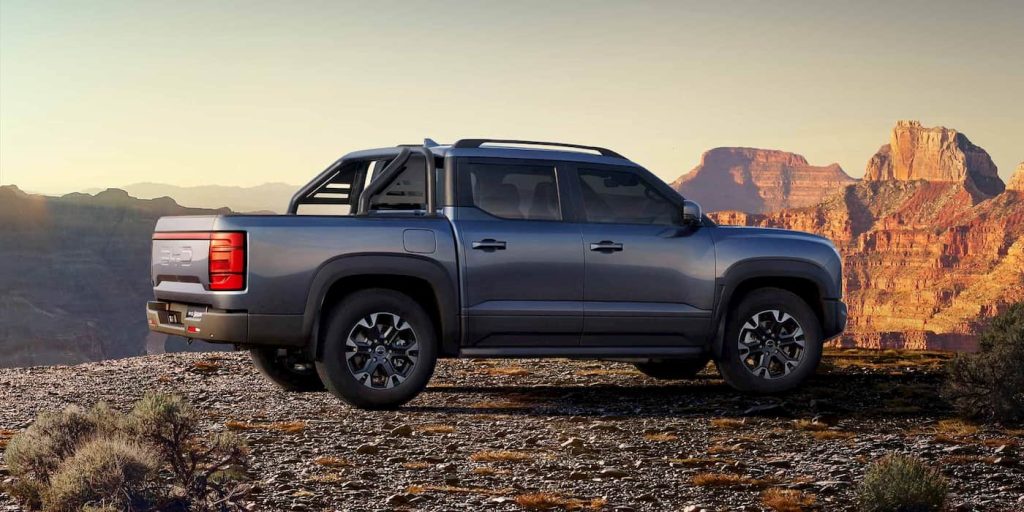
With BYD already among the leading EV brands in Mexico, entering Canada could drastically shake up the North American auto market. American automakers like Ford and GM continue delaying EV plans, which could set them even further behind.
With record NEV sales in Q2, BYD surged past Nissan and Honda to become the seventh-largest automaker globally. Will it top Ford and GM?
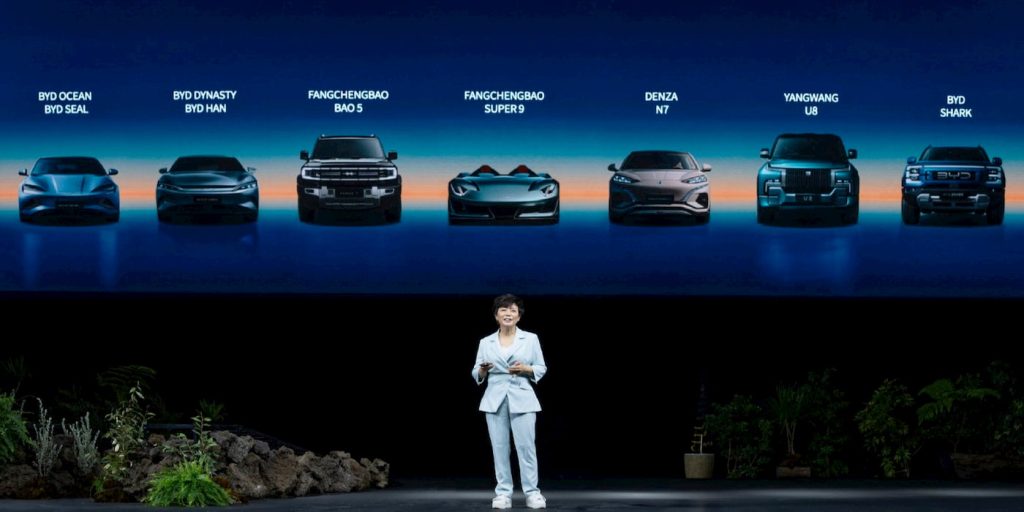
Electrek’s Take
BYD continues gaining market share with its low-cost EVs, such as the Dolphin, Atto 3, and Seal. Its cheapest, the BYD Seagull EV, starts at just $9,700 (69,800 yuan) in China.
Ford is quickly shifting its focus on smaller, more profitable EVs as it looks to keep pace in the global auto race. Ford’s CEO Jim Farley warned that if automakers fail to keep up with Chinese OEMs, revenue and global market share will be at risk.
We are already seeing it play out, with BYD topping Honda and Nissan in Q2. BYD is quickly closing in on Ford and America’s big three as it takes over in key overseas markets.
BYD is also heavily investing in self- and smart-driving tech. It signed a deal with tech giant Huawei to use its new driver-assist tech for new “hard-core” EVs.
The new 2025 Seal EV, BYD’s answer to the Tesla Model 3, now features LiDAR on the roof for added smart driving features. Starting at 175,800 yuan, or about $24,500, BYD’s Seal is about $8,000 cheaper than the Model 3 (231,900 yuan) in China.
Although best known for its affordable EVs, BYD is expanding its market with new pickup trucks, mid-size smart SUVs, and electric supercars. It’s also advancing new smart driving tech to help drive future profits as buyers look for the latest features.
Source: CnEVPost, BYD
FTC: We use income earning auto affiliate links. More.













